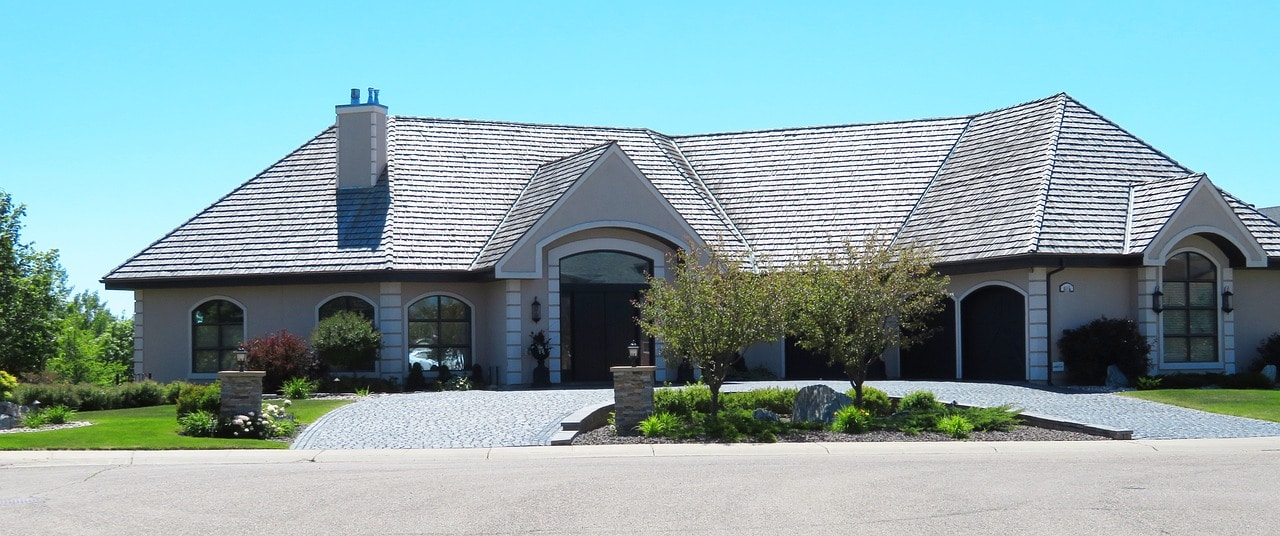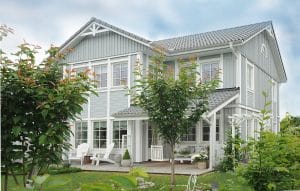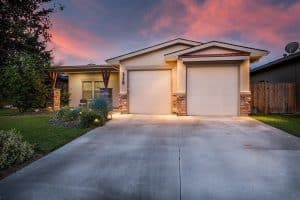Edible Architecture: When Your Home Grows Your Food
There’s no denying that the modern world has become increasingly focused on sustainable living and eco-friendly practices. From renewable energy sources to reducing waste and pollution, people are constantly seeking ways to live in harmony with the environment. And now, with the rise of edible architecture, sustainable living has taken on a whole new form. Imagine a world where your home not only provides shelter and comfort but also produces food for you and your family. This is the concept behind edible architecture – a fascinating idea that combines architecture, technology, and agriculture to create a self-sustaining living space.
The Basics of Edible Architecture
Edible architecture, sometimes referred to as agritecture, is essentially the art and science of integrating agriculture and food production into the built environment. It’s not a new concept, as people have been growing food on their rooftops and balconies for centuries. However, with advances in technology and sustainable design, edible architecture has become a viable solution for urban areas, where space is limited and land for traditional farming is scarce.
With edible architecture, plants are not just used for decoration. They serve a purpose – to provide food and other resources for the inhabitants of the building. From vertical gardens to green roofs, edible architecture can take many forms depending on the needs and limitations of the building and its location.
The Benefits of Edible Architecture
The benefits of edible architecture are numerous, and they extend beyond just providing a source of fresh and sustainable food. One of the most significant advantages is the reduction of the carbon footprint. With locally grown and consumed produce, there is no need for transportation, resulting in lower greenhouse gas emissions.
Moreover, edible architecture can also have a positive impact on the mental and physical well-being of the residents. Studies have shown that being around plants can reduce stress, boost productivity, and improve air quality. Plus, growing your food promotes a healthy lifestyle and diet, which can have long-term benefits for your health.
Examples of Edible Architecture
Edible architecture can be found in different forms all around the world – from private residences to commercial buildings and public spaces. One of the most famous examples is the Green Side Up project in New York City. It’s an urban farm located on the rooftop of a 57-story high-rise building, where fruits, vegetables, and herbs are grown and harvested by the residents.
Another impressive edible architecture project is the Urban Skyfarm in Seoul, South Korea. This futuristic structure consists of a vertical garden, a renewable energy system, and a hydroponic farm that can produce up to 10 times the amount of food compared to traditional farming methods.
Challenges of Edible Architecture
While the concept of edible architecture is exciting and promising, it does come with its own set of challenges. One of the main obstacles is making it financially feasible. The initial cost of incorporating edible features into a building’s design can be quite high, and it may take years for the investment to pay off. Additionally, there are issues such as access to natural light, water, and proper ventilation, which need to be carefully considered and planned for.
The Future of Edible Architecture
Despite the challenges, the future of edible architecture looks bright. As more and more people become aware of the importance of sustainable living, the demand for these innovative solutions will only increase. With advancements in technology and design, edible architecture will continue to evolve and find new ways to integrate with our built environment.
Conclusion
Edible architecture is more than just a trend; it’s a solution to some of the most pressing issues of our time. It combines sustainability, health, and technology to create an environment that promotes a better way of living. From reducing food waste to improving air quality, the benefits of edible architecture reach far beyond just growing food. So, if you’re considering building a new home or renovating your existing one, why not incorporate some edible features and be a part of this exciting movement towards a more sustainable future?








